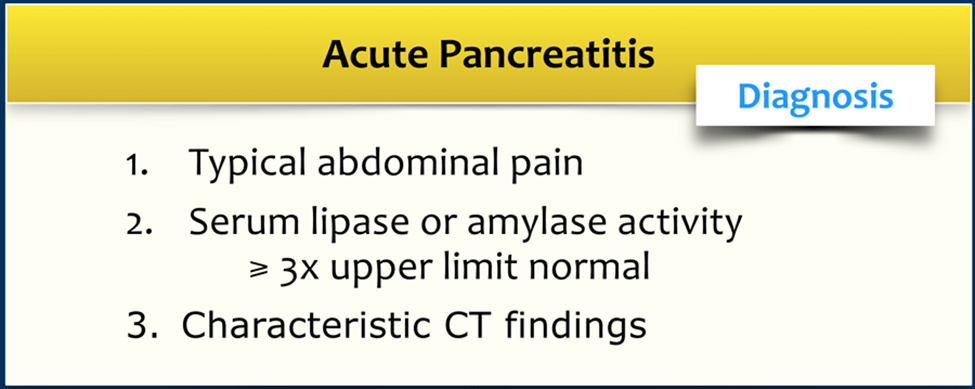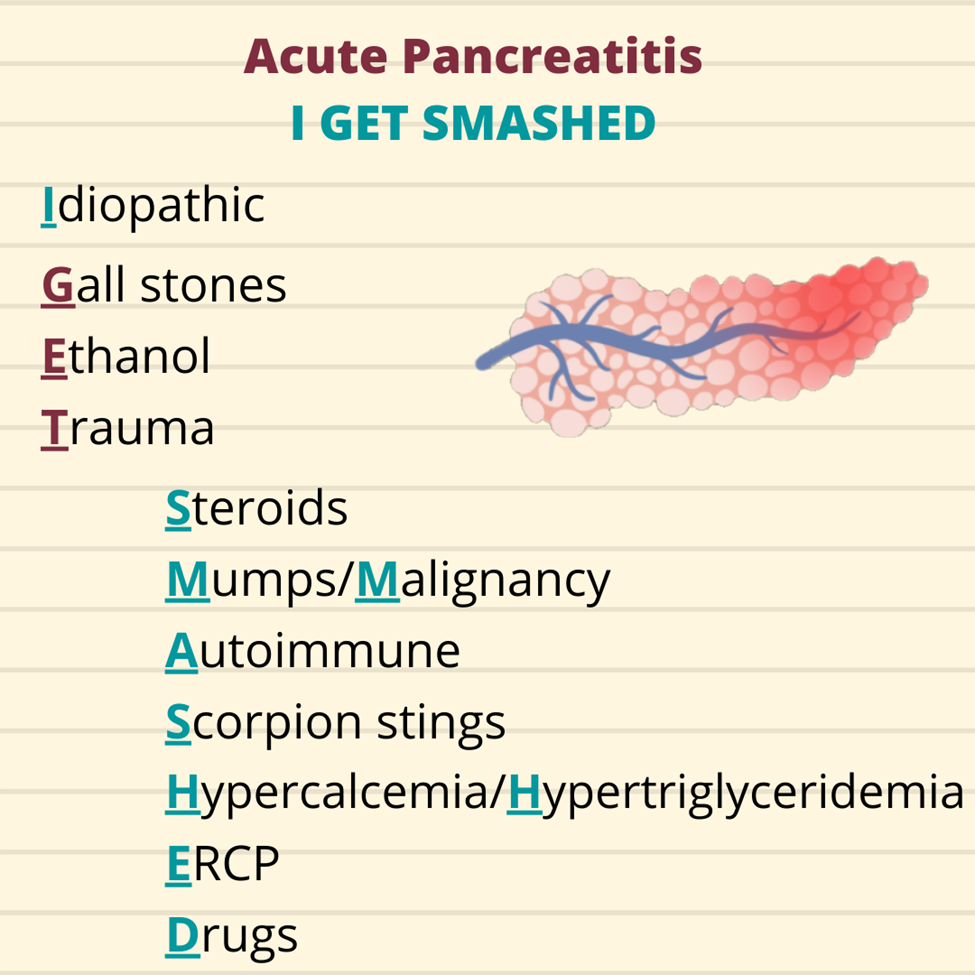A nurse is reviewing the laboratory data of a client diagnosed with acute pancreatitis. The nurse should expect to find an elevation of which of following values?
Calcium
Magnesium
Amylase
RBC count
The Correct Answer is C
A. Calcium:
While calcium levels can be affected in pancreatitis, it is more commonly associated with a decrease in calcium levels due to fat necrosis and the formation of calcium soaps. However, the primary electrolyte disturbance is more likely to involve magnesium.
B. Magnesium:
Magnesium levels may be decreased in acute pancreatitis due to factors such as vomiting, malabsorption, and poor oral intake. Hypomagnesemia is a possible consequence, but it's not as specific to pancreatitis as the elevation of amylase.
C. Amylase:
Elevated amylase levels are a hallmark of acute pancreatitis. Amylase is an enzyme released by the pancreas, and its elevation in the blood is a key diagnostic marker for pancreatitis.
D. RBC count:
Acute pancreatitis does not typically result in a significant impact on the red blood cell (RBC) count. The elevation of amylase and lipase levels, along with imaging studies, is more indicative of pancreatitis.

Nursing Test Bank
Naxlex Comprehensive Predictor Exams
Related Questions
Correct Answer is ["B","D","E"]
Explanation
A. Encourage weight lifting during physical therapy:
Encouraging weight lifting or strenuous physical activities might not be advisable for individuals with advanced cirrhosis. Engaging in intense physical activity could potentially strain the liver or increase the risk of injury or bleeding, which is already heightened in individuals with cirrhosis.
B. Measure the client's abdominal girth:
Monitoring the client's abdominal girth is essential because cirrhosis can lead to the accumulation of fluid in the abdomen, known as ascites. Changes in abdominal girth can indicate the progression or resolution of ascites, guiding treatment and interventions.
C. Administer warfarin:
Administering warfarin, an anticoagulant, might not be ideal in cirrhosis due to the increased risk of bleeding. Liver dysfunction in cirrhosis can impair the production of clotting factors, increasing the risk of bleeding complications.
D. Administer furosemide:
Furosemide, a diuretic, can be utilized in managing ascites by promoting the elimination of excess fluid. However, its use requires careful monitoring, considering the electrolyte balance and potential adverse effects, especially in individuals with liver impairment.
E. Implement a low-sodium diet:
A low-sodium diet is crucial in managing cirrhosis-related complications, particularly ascites and edema. Sodium restriction helps reduce fluid retention, lessening the burden on the liver and alleviating symptoms associated with fluid accumulation.
Correct Answer is D
Explanation
A. COPD (Chronic Obstructive Pulmonary Disease) is not directly associated with acute pancreatitis. The common risk factors for acute pancreatitis include gallstones, alcohol use, and certain medications.
B. Hypolipidemia (low blood lipid levels) is not a typical factor associated with acute pancreatitis. Elevated levels of lipids in the blood (hyperlipidemia) can be a risk factor, but hypolipidemia is not commonly linked to pancreatitis.
C. Diabetes mellitus, while not a direct cause of acute pancreatitis, can be associated with an increased risk. Uncontrolled diabetes may contribute to the development of pancreatitis, but it is not a primary risk factor.
D. Gallstones are a significant risk factor for acute pancreatitis. Gallstones can obstruct the pancreatic duct, leading to inflammation and damage to the pancreas. This obstruction is one of the common causes of acute pancreatitis.

Whether you are a student looking to ace your exams or a practicing nurse seeking to enhance your expertise , our nursing education contents will empower you with the confidence and competence to make a difference in the lives of patients and become a respected leader in the healthcare field.
Visit Naxlex, invest in your future and unlock endless possibilities with our unparalleled nursing education contents today
Report Wrong Answer on the Current Question
Do you disagree with the answer? If yes, what is your expected answer? Explain.
Kindly be descriptive with the issue you are facing.
